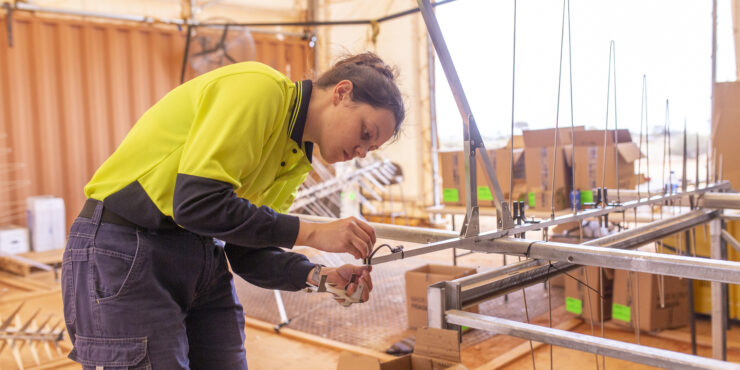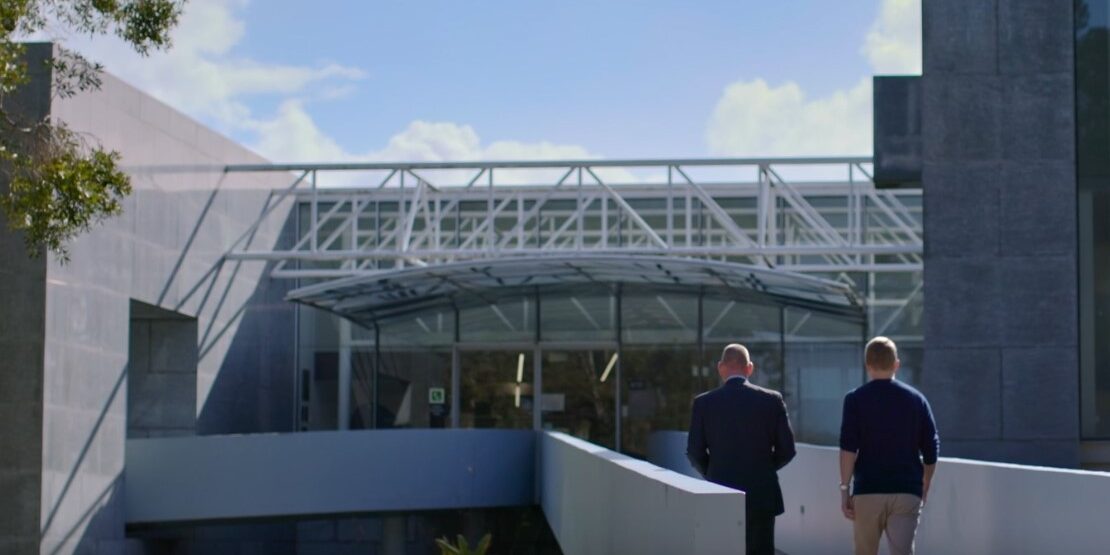Our history
In 2007, in anticipation that Australia would host the largest radio telescope ever conceived, Curtin University seized an opportunity to build a unique, world-leading research group in Western Australia.
And so, Curtin Institute of Radio Astronomy (CIRA) was created at an auspicious time for advancing radio astronomy science and engineering.
Square Kilometre Array (SKA) project
One of CIRA’s missions is to help develop and build the world’s next generation of radio telescopes, including the Square Kilometre Array Observatory (SKAO).
The multi-billion-dollar SKA project is expected to be one of this century’s major science endeavours. The scale of the SKA project and its science goals demand excellence and innovation in various areas of astrophysics, engineering and computer science.
The best approach was to form a dedicated institute for collaboration among these disciplines – which is why CIRA has such comprehensive expertise.
When completed, the telescope will comprise thousands of antennas installed across thousands of square kilometres in South Africa and Australia. Its observations will help solve the mysteries of the Universe – from the evolution of galaxies and the true nature of gravity, to the existence of life elsewhere in the cosmos.

Murchison Widefield Array (MWA)
To develop the SKAO, several precursor telescopes were required, each operating in specific frequency ranges.
One of these precursors is the Murchison Widefield Array, built and operated by CIRA and located at Inyarrimanha Ilgari Bundara, the CSIRO Murchison Radio-astronomy Observatory, in collaboration with more than 500 individual collaborators from over 20 countries. Commissioned in 2013, the MWA collaboration has generated observations 10 years of operations
The computational challenge of the MWA demanded extensive innovation for data collection, transfer, processing and storage. To meet these challenges, CIRA partnered with CISCO Systems and the Pawsey Supercomputing Centre, which hosts one of the world’s most powerful supercomputers.
ICRAR
ICRAR, the International Centre for Radio Astronomy Research, is a very successful joint venture between Curtin University and The University of Western Australia.
Established in 2009, with support from the WA State Government, ICRAR has played a role in attracting the SKAO to Western Australia, and building capabilities that will sustain the SKAO over the long term.
The range of frontier research opportunities that CIRA and ICRAR can offer in astrophysics, engineering and data science attracts researchers and students from around Australia and the world to Perth, sustaining a highly diverse, inclusive and very international research culture.
Translation and Impact
Our impact extends beyond radio astronomy. ICRAR and CIRA work together to to impact the economy, society, environment, and culture – beyond our contribution to academia.
The MWA is an example of impact in other domains. Whilst the MWA is designed for astrophysics, it adds significant capabilities to other space-industry challenges. It’s such a powerful instrument that it has already yielded diverse, and unexpected, applications in other science domains and industry.
The Translation and Impact program is a catalyst for impactful research, mutually beneficial long-term relationships, and widespread societal benefits. Through collaboration, we can help boost capability, develop new products, grow businesses, and create jobs.
